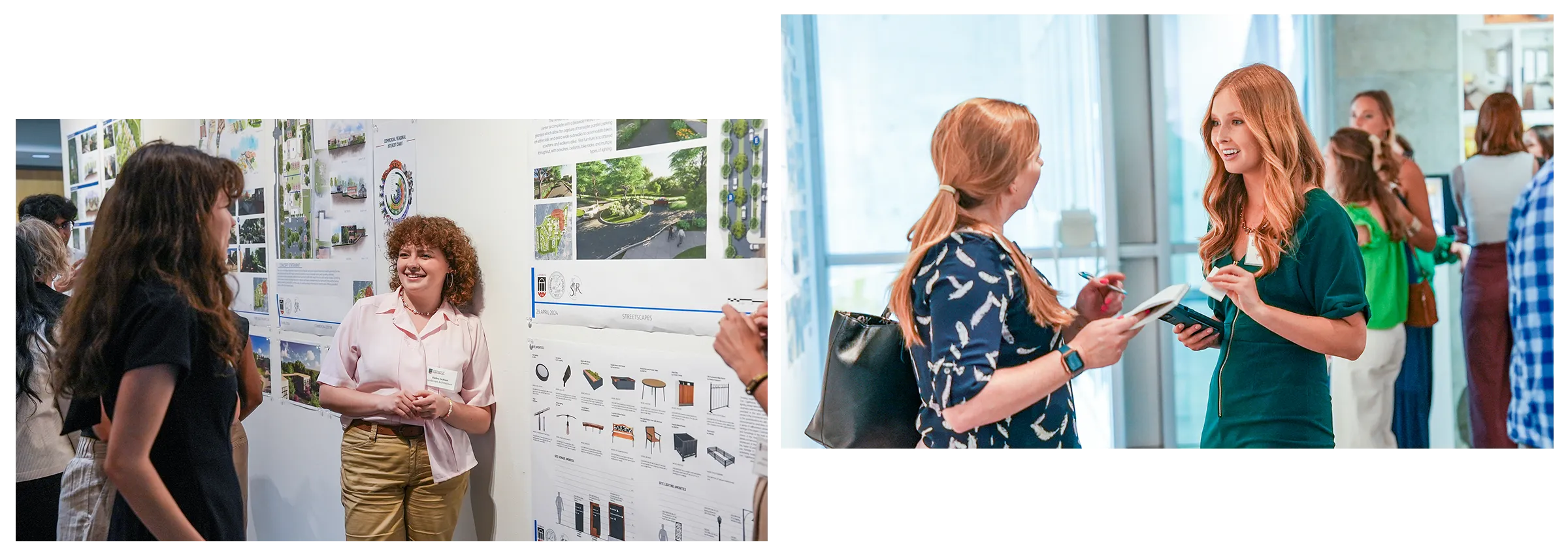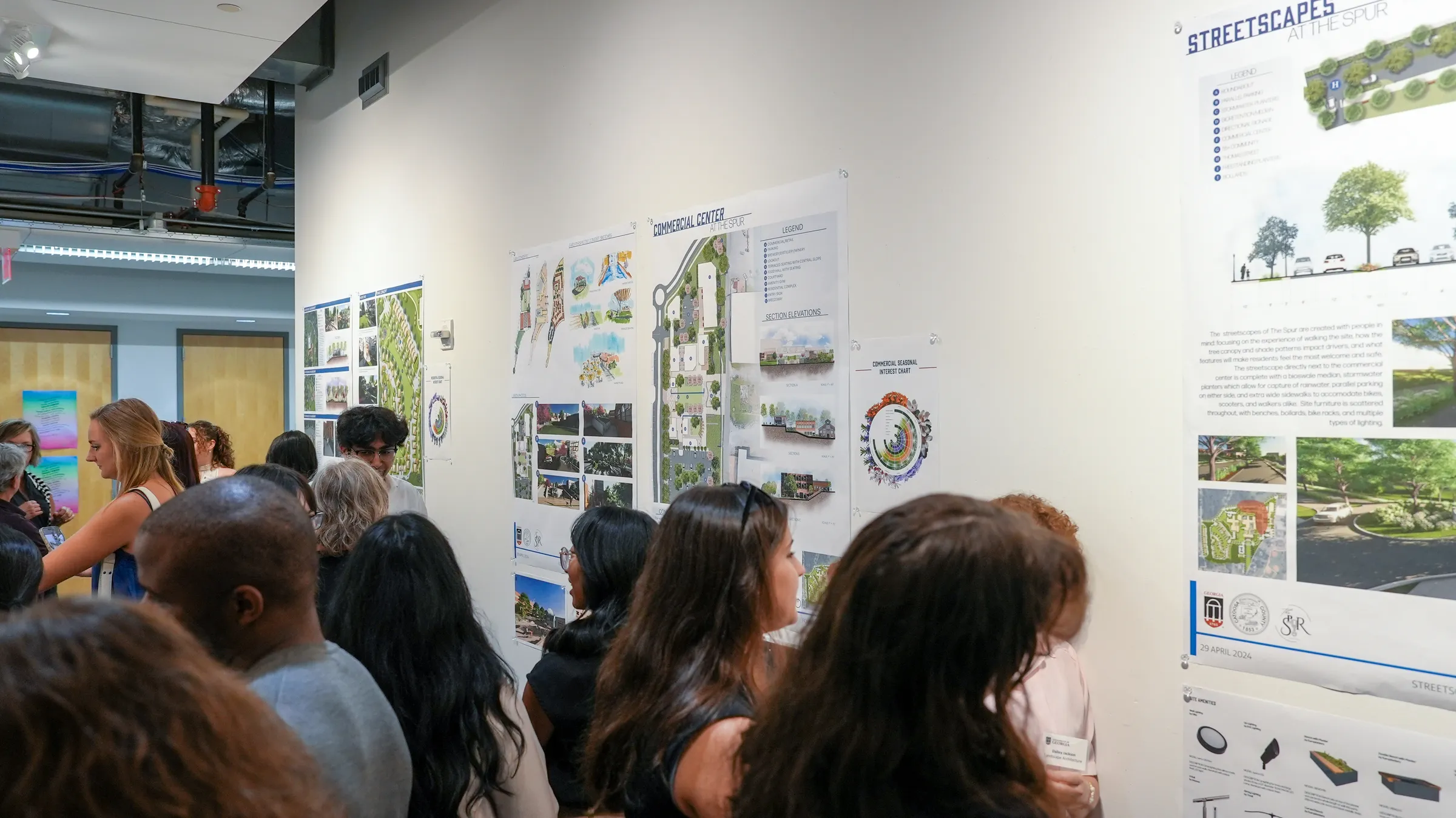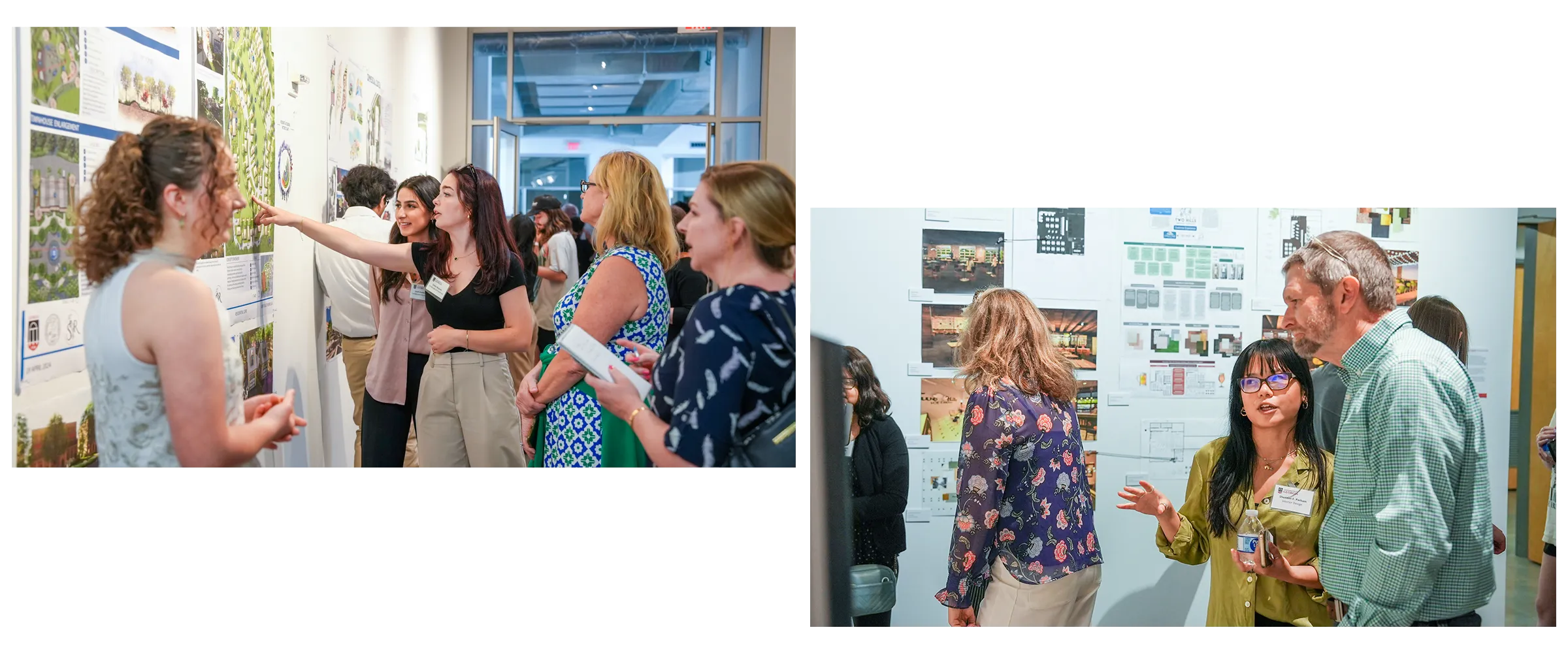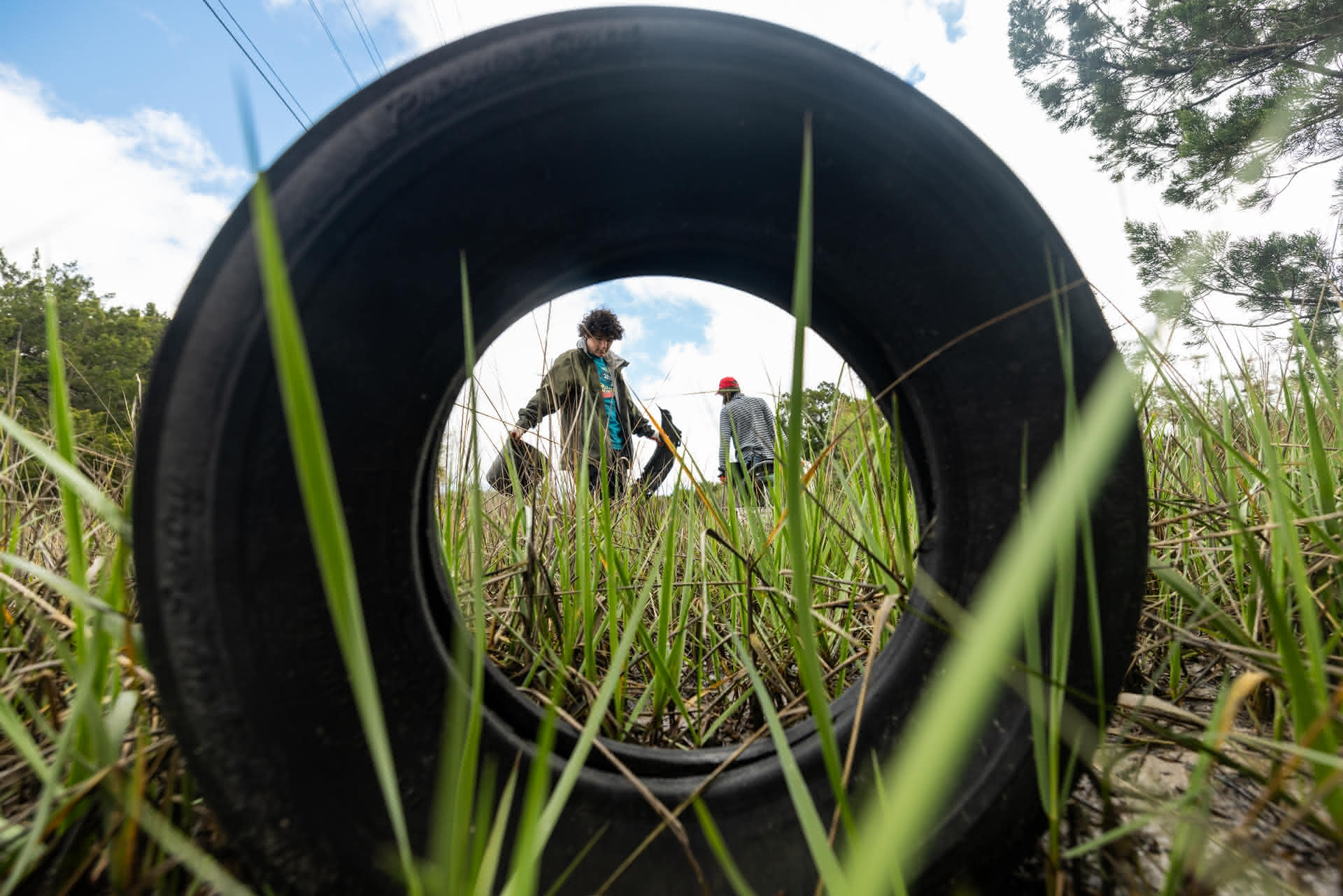From hospital closure to community renewal: Catoosa County’s vision for the future
With the decision for the Hutcheson Medical Center in Fort Oglethorpe to close its historic downtown campus, leaving a 31-acre site and 300,000-square-foot building, the Catoosa County community saw an opportunity for generational transformation that could turn the loss into an economic development opportunity for their city.
File Under
No community wants to lose a hospital, a source of health care and economic security. When Fort Oglethorpe’s only hospital announced plans to relocate to a new location, community leaders believed the old hospital campus still had plenty of life left. The hospital, which opened in the 1950s near the city’s downtown, had been at the heart of the community for generations, caring for patients, delivering babies, and providing jobs.
But residents of Fort Oglethorpe and the surrounding Catoosa County needed to write a new chapter for their community. Catoosa County received the old hospital’s 300,000-square-foot building and 31-acre campus as a donation, so local leaders looked to residents for ideas to bring new opportunities to Fort Oglethorpe.

“To see the transformation that’s happening in Ringgold and Catoosa County… is tremendous to me.”
“It was once the primary hospital for Northwest Georgia and is part of the history of the area going back to the Civil War. We didn’t want to see it torn down,” says Chuck Harris, Catoosa County commissioner and chair of the Catoosa County Public Facilities Authority.
Ideas for how to convert the hospital streamed in from the community. To sort through the ideas for something feasible and beneficial, the community turned to the University of Georgia. Since 2013, the UGA Carl Vinson Institute of Government has helped cities in the region reimagine and redesign their downtowns for economic development.
Through the Georgia Downtown Renaissance Partnership, the institute has provided community-driven planning and design support to over 60 cities across Georgia, including Ringgold in 2017 and Fort Oglethorpe in 2021, both in Catoosa County. These projects have helped update streetscapes, renovate commercial space, and convert a historic stable into a bustling community event center.
“To see the transformation that’s happening in Ringgold and Catoosa County where the Institute of Government has worked with us is tremendous to me,” says Catoosa County Manager Dan Wright.

Seeing Economic Potential
The institute created a market study for the plot with support from the Lyndhurst Foundation to determine the economic and demographic effects of ideas for the site.
“The report has proven to be a valuable tool for the Catoosa County Public Facility Authority as they evaluate their options for a redevelopment plan that would best fit the needs of the community,” says Macon Toledano, associate director of the Lyndhurst Foundation.
Ultimately, leaders opted to redevelop the site for residential and commercial uses. The market study estimates a potential economic impact of over $160 million.
Wright says many proposals proved unfeasible once UGA analyzed potential impacts.
“We want to make sure the hospital redevelopment is successful and sustainable, and the report really opened our eyes,” says Wright.

Conceptualizing a Vision
“I was highly impressed with the students’ abilities and their vision.”
With the report in hand, UGA brought in the College of Environment and Design and Lamar Dodd School of Art to conceptualize a new vision for the site. A team of undergraduate interior design and landscape architecture students developed a master plan aligning with the community’s goals. Local leaders can use the plans as they seek developers for the project.
“The students, their professors, and the Institute of Government team knocked it out of the park,” says Harris. “I was highly impressed with the students’ abilities and their vision.”

Students like Zoey Weir, an interior design student, also took something away from the experience.
“Getting to experience a real-life project like this helped me to conceptualize what my career will be like for the rest of my life and better understand how much teamwork plays a role in a design project of this size,” Weir says.
Catoosa hopes to begin work on the project in 2026, which will take years to complete.
“The master plan is a vision and a starting place,” says Danny Bivins, Institute of Government faculty and project lead. It will be up to the community and developers to realize how the plan will finally come together.


